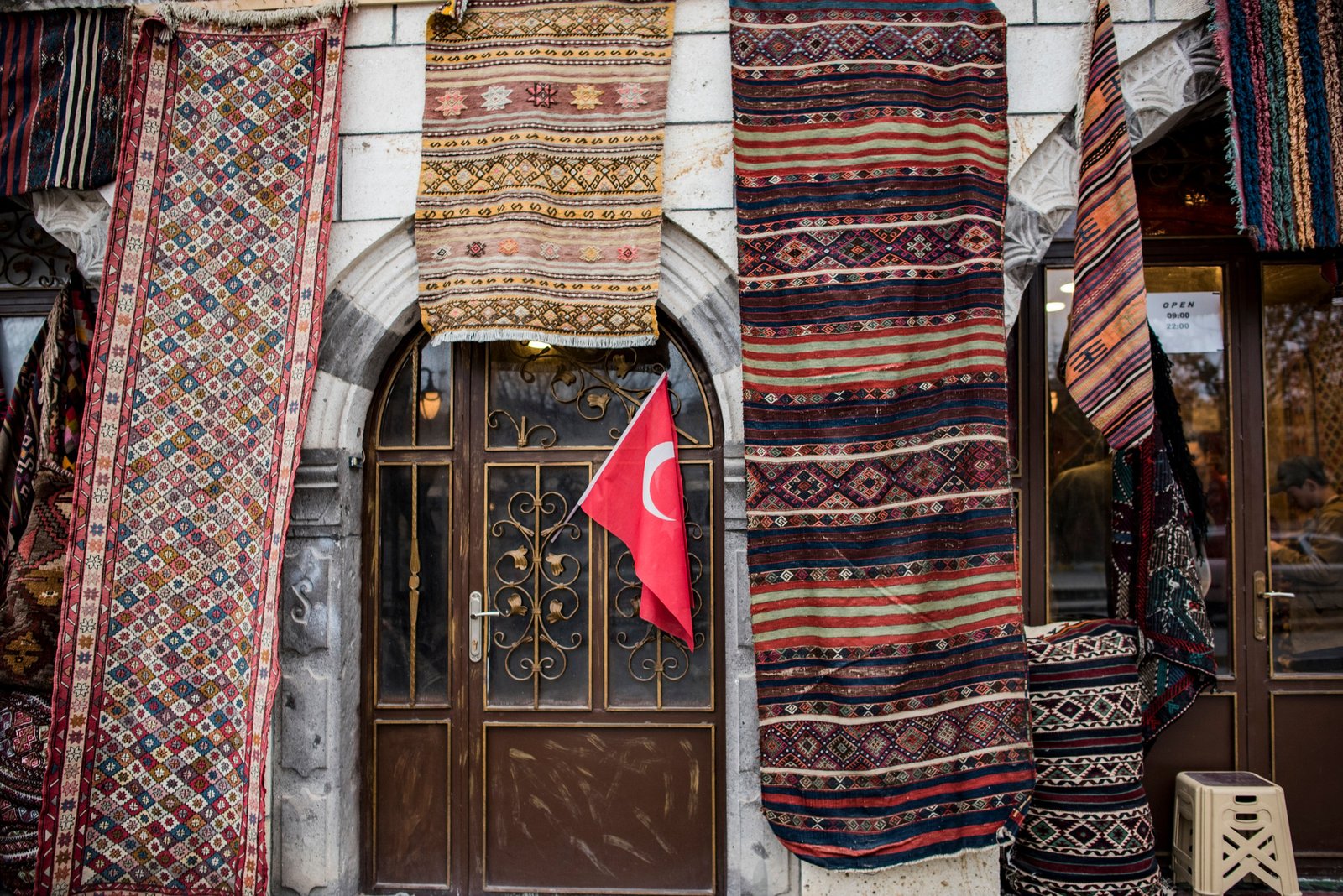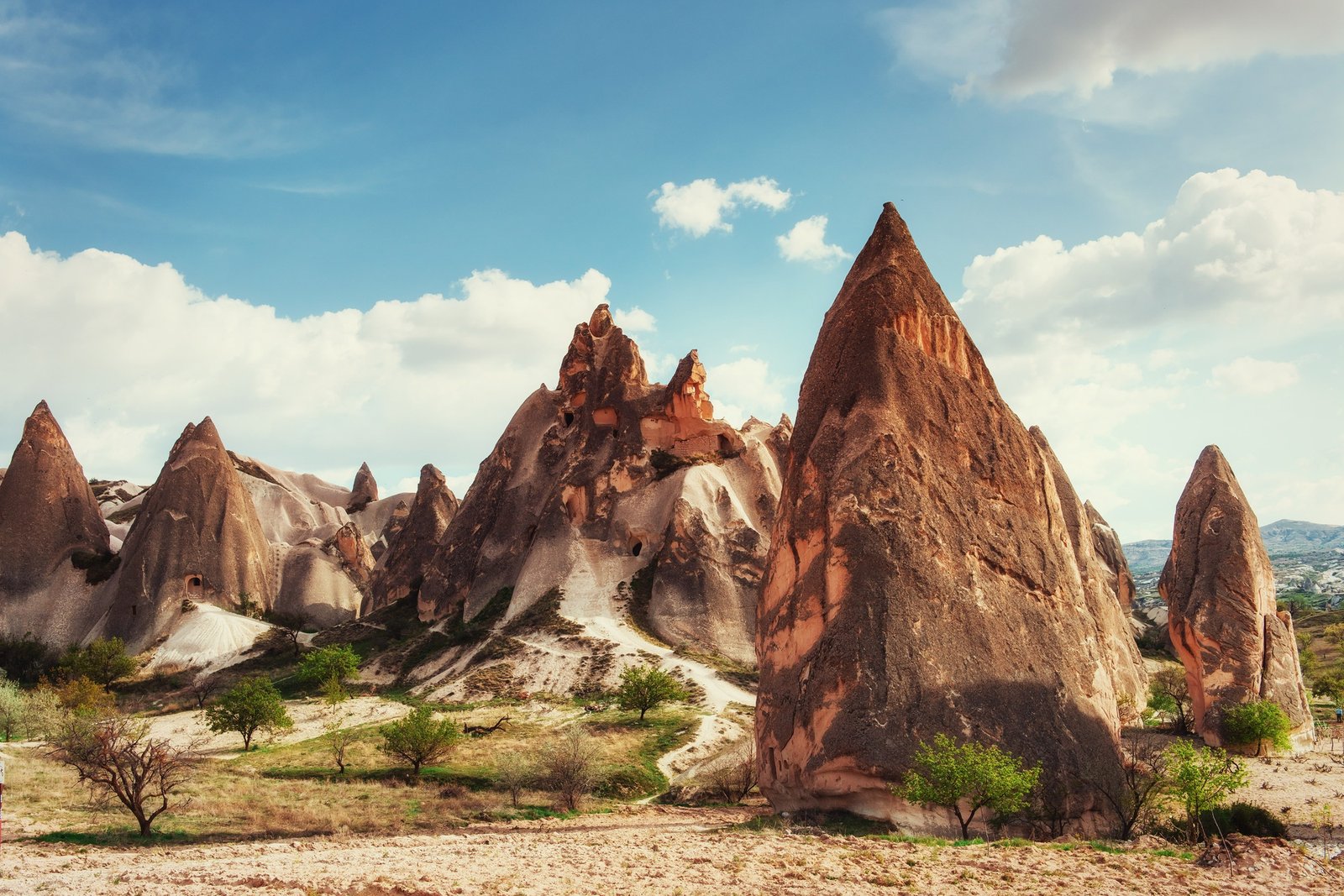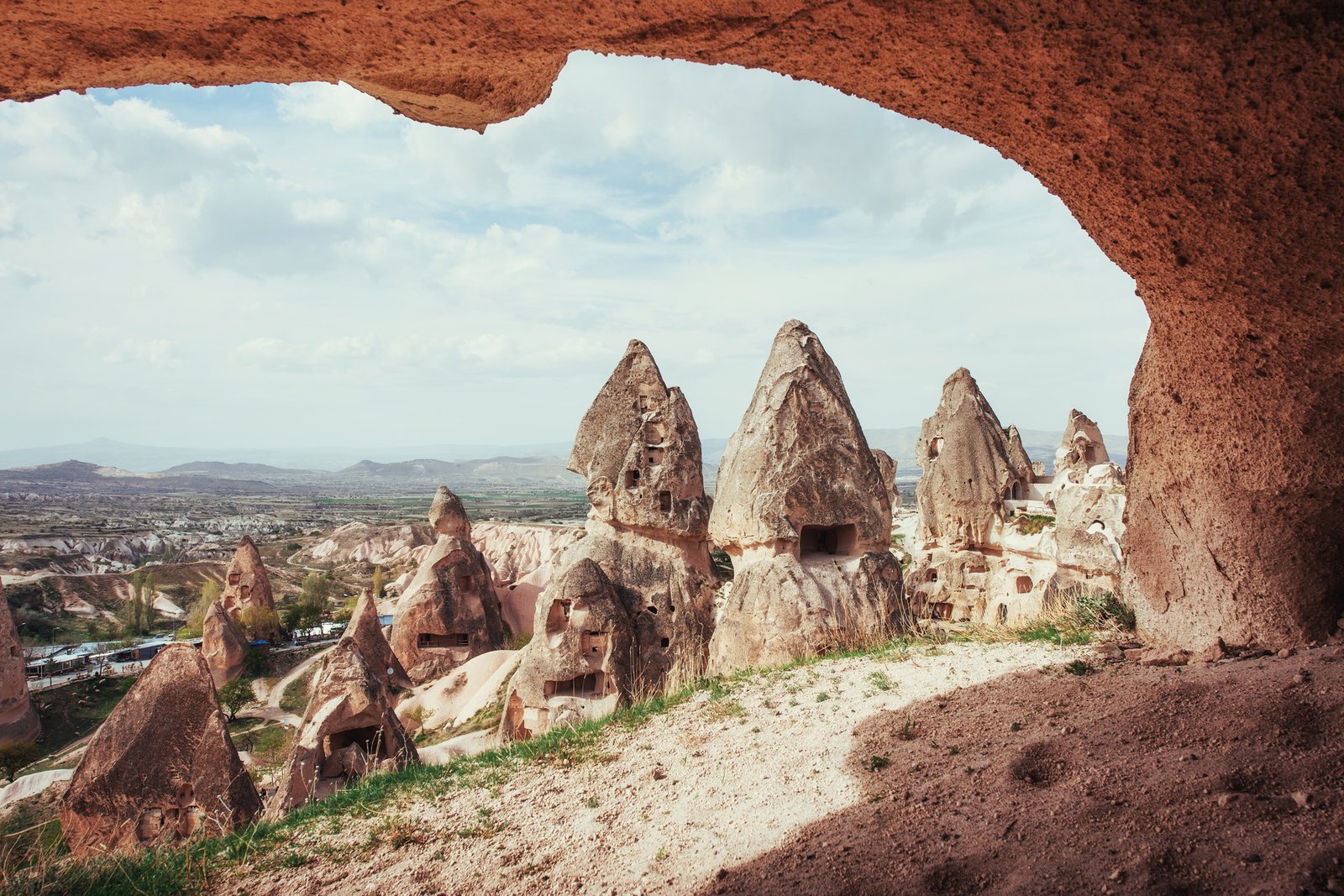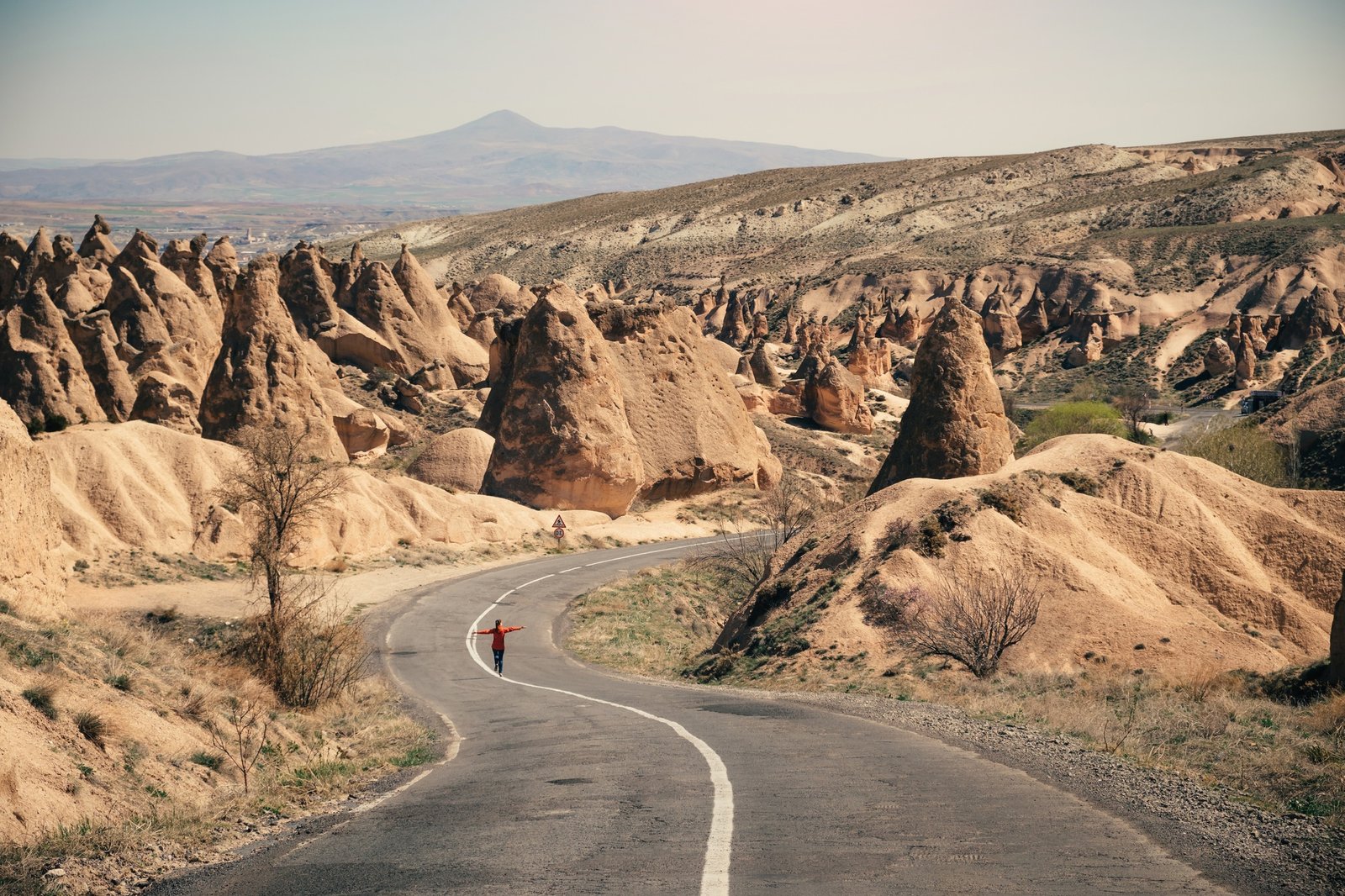Cappadocia, known for its unique fairy-tale landscape and rich history, is more than just hot air balloons and ancient cave dwellings. It’s also a paradise for those who love shopping for one-of-a-kind treasures. From handcrafted ceramics to exquisite carpets, this magical region offers a shopping experience that’s as remarkable as its scenery. Wondering where to find the best shopping spots in Cappadocia? Look no further! This guide outlines where to uncover unique souvenirs that will make your trip unforgettable.
Why Shop in Cappadocia?
Cappadocia is a melting pot of culture, artistry, and tradition. Walking through its bustling marketplace or charming boutiques feels like stepping into a vibrant storybook. Each shop and stall showcases the area’s rich heritage, offering items that are both visually stunning and deeply meaningful. Whether you’re looking for home décor, jewelry, or mouth-watering local treats, Cappadocia has something for everyone.
Now, let’s explore the top places to shop and what not to miss!
Top Shopping Spots in Cappadocia
1. Avanos – The Hub for Ceramics Lovers
If you’re searching for intricately designed ceramics, Avanos should be your first stop. This small town along the Kızılırmak River has been crafting pottery for thousands of years. Local artisans still use ancient techniques, spinning clay on traditional potter’s wheels.
What to Look For:
- Hand-painted plates, bowls, and cups featuring traditional Anatolian patterns.
- Decorative wall art pieces that make perfect keepsakes.
- Workshops where you can try your hand at creating your own pottery.
Insider Tip: Visit Chez Galip Pottery Studio, one of the most well-known spots in Avanos, for high-quality pieces and an unforgettable cultural experience.
2. Göreme Open-Air Market – A Shopper’s Paradise
Looking for a mix of everything? The Göreme Open-Air Market offers an eclectic variety of products, authentic trinkets, and local goods. It is one of the most frequented shopping spots in Cappadocia due to its diverse offerings.
Must-Haves from Göreme:
- Turkish lamps with vibrant mosaics that light up any room.
- Handmade scarves, perfect for both fashion and gifting.
- Local honey and handmade soaps infused with regional herbs.
Open every week, this market is the ultimate treasure trove for shoppers. Be prepared to haggle—it’s part of the fun!
3. Ürgüp – For Luxurious Turkish Carpets and Kilims
Turkish carpets and kilims are renowned worldwide, and Cappadocia is no exception. Ürgüp offers a selection of some of the finest carpets you’ll find. Established stores sell these intricately woven treasures, which reflect the culture and history of the land.
What Stands Out:
- Antique rugs featuring one-of-a-kind patterns.
- Modern interpretations of traditional carpet designs.
- Workshops explaining the process of rug weaving.
These carpets are an investment but worth every penny—the craftsmanship guarantees they’ll last for generations.
4. Ortahisar – Discover Traditional Textiles
Ortahisar is a lesser-known gem for those interested in textiles. From table linens to shawls, this quaint village features a selection of expertly crafted goods.
What to Buy Here:
- Handwoven textiles featuring Cappadocian patterns.
- Turkish towels (known as peshtemals) made from soft, high-quality cotton.
- Felted wool items for something truly unique.
Ortahisar is also home to small family-run shops where you’re likely to hear enchanting stories about the pieces you’re buying, adding a personal touch to your souvenirs.
5. Pasabagi – Jewelry Crafted from Cappadocia’s Unique Stones
Imagine owning a piece of jewelry made from volcanic stones indigenous to Cappadocia! Pasabagi, or “Monks Valley,” is famous for its mushroom-like rock formations and is an emerging hotspot for shopping.
Items Worth Exploring:
- Necklaces and bracelets with colorful semi-precious stones.
- Jewelry incorporating Cappadocia’s symbolic volcanic stone, obsidian.
- Rings set with locally sourced gemstones.
These accessories are not only beautiful but carry a piece of Cappadocia’s natural wonder.
6. Uçhisar Castle Bazaar – The Essential Souvenir Stop
Situated at the base of Uçhisar Castle, this charming bazaar is brimming with artistic souvenirs. Its location alone offers stunning views, making it one of the most picturesque shopping spots in Cappadocia.
Best Finds:
- Decorative Evil Eye charms for good luck.
- Miniature fairy chimney sculptures.
- Local gourmet delights like dried apricots and nuts.
You can combine your shopping spree with a walk up Uçhisar Castle for panoramic views of the region.
7. Cappadocia Art and Handicraft Center
For those who value authenticity and heritage, Cappadocia Art and Handicraft Center is your go-to destination. This is one of the most cultural shopping spots in Cappadocia, offering high-quality goods while ensuring artisans are fairly compensated.
What to Expect:
- Ethically sourced handcrafted items.
- Handwoven silk and wool scarves.
- An insight into the region’s artistic traditions.
Supporting local craftsmen here ensures your souvenirs have a meaningful backstory.
Practical Tips for Shopping in Cappadocia
- Haggle Smartly: Bargaining is common, but do so respectfully. Aim to meet somewhere in the middle.
- Consider Shipping: Many shops offer international shipping for larger items like carpets or ceramics.
- Travel Light: Leave ample space in your luggage for the treasures you’re bound to bring back.
Bring Home the Soul of Cappadocia
Cappadocia isn’t just a place of stunning landscapes—it’s also a haven for unique, high-quality souvenirs that tell the story of its culture and artistry. Each shopping spot in Cappadocia offers a window into the region’s rich heritage, making your purchases more than just objects. They’re memories, experiences, and pieces of a magical land.
Now that you know exactly where to go, start planning your shopping spree! And for more travel tips and guides, stay tuned to our blog.









